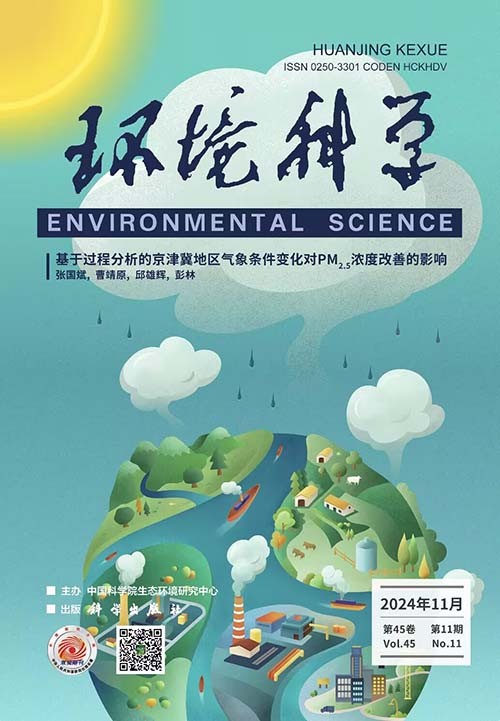[Emission Inventory of Industrial Sources in Beijing-Tianjin-Hebei and Surrounding Areas Based on Multi-source Environmental Management Data Fusion].
Abstract
The current data sources used for establishing emission inventories are relatively homogenous and do not meet the requirement of real-time and accurate environmental management. Multi-source environmental management data could reflect enterprises' detailed information and provide support for emission inventories. To assess the current situation of air pollutants and CO2 emissions from industrial sources in Beijing-Tianjin-Hebei and its surrounding areas in 2020, this study integrates emergency emission reduction lists with pollution discharge permit data and establishes a high spatio-temporal resolution industrial emission inventory using a combination of "bottom-up" and "top-down" approach. The results showed that the SO2,NOx,VOCs,PM10,PM2.5, and CO2 emissions from industrial sources in Beijing-Tianjin-Hebei and its surrounding areas in 2020 were 48.72×104, 60.33×104, 108.95×104, 58.82×104, 38.75×104, and 140 873.59×104 t, respectively. Industrial boilers and iron and steel and cement industries accounted for the largest proportion in addition to VOCs, with a total proportion between 51% and 82%. The refining and petrochemical industry accounted for the largest proportion of VOCs (54.1%). To investigate the impact of the COVID-19 lockdown on industrial source emissions, we quantified the changes in daily emissions of each pollutant and CO2 during the Spring Festival of 2020. The emissions of air pollutants and CO2 decreased by 7%-16% and recovered to the pre-holiday level after the holiday, indicating that the industrial emissions sources were less affected by the COVID-19 lockdown. This was mainly because most industrial sources belonged to non-interruptible industries. The study results help to grasp the current situation of industrial source emissions in Beijing-Tianjin-Hebei and the surrounding areas and provide scientific support for the near real-time and refined management of air pollution.

 求助内容:
求助内容: 应助结果提醒方式:
应助结果提醒方式:


